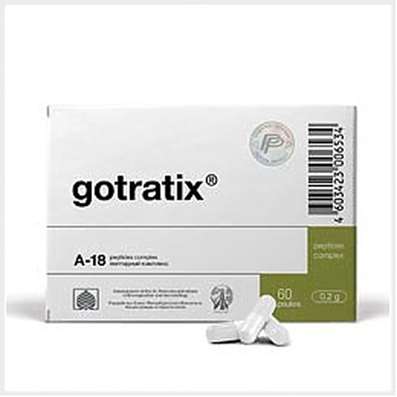Instruction for use: Potassium chloride + Calcium chloride + Magnesium chloride + Sodium acetate + Sodium chloride
I want this, give me price
Trade name of the drug – Quintasol, Ringer acetate
The Latin name of the substance Potassium chloride + Calcium chloride + Magnesium chloride + Sodium acetate + Sodium chloride
Kalii chloridum + Calcii chloridum + Magnii chloridum + Natrii acetas + Natrii chloridum (genus. Kalii chloridi + Calcii chloridi + Magnii chloridi + Natrii acetatis + Natrii chloridi)
Pharmacological group:
Regulators of water-electrolyte balance and acid-base balance in combinations
Substitutes for plasma and other blood components in combinations
Model clinical-pharmacological article 1
Pharmacological action. The combined drug, eliminates metabolic acidosis, normalizes CBS and water-electrolyte composition of blood. The therapeutic effect of the drug is due to a temporary increase in bcc, the completion of the deficiency of Na +, K + and Ca2 +, as well as the conversion of the acetate ion to bicarbonate.
Indications. Shock, thermal injury, acute blood loss; Hypohydration (isotonic and hypotonic forms); Metabolic acidosis; Acute diffuse peritonitis, intestinal obstruction (for correction of water and salt balance); Decompensation of electrolyte disturbances in patients with intestinal fistulas; Therapeutic plasmapheresis (dialysis-filtration method).
Contraindications. Hypersensitivity, alkalosis, extracellular hyperhydration, hypertonic dehydration, hypernatremia; Condition, which is contraindicated the introduction of large volumes of fluid: severe CHF, cerebral edema, pulmonary edema, anuria.
Carefully. Heart failure, arterial hypertension, renal and / or hepatic insufficiency, oliguria.
Dosing. IV by drop infusion, adults - at a speed of 60-80 cap / min or jet, a daily dose of 5-20 ml / kg, if necessary - 30-40 ml / kg. The daily dose for children is 5-10 ml / kg, the rate of administration is 30-60 cap / min. The course of treatment is 3-5 days. In medical plasmapheresis, 2-fold volume is introduced in comparison with the removed plasma (1,2-2,4 l), in combination with colloidal solutions (in case of pronounced hypovolemia).
Side effect. Allergic reactions; When large volumes of solution are introduced: hyperhydration, chloride acidosis, hypernatremia, hypokalemia.
Overdose. Symptoms: edema of the papillae of the optic nerve, cerebral edema, convulsions, hyperthermia. The toxic dose of sodium chloride is 100-150 g.
Interaction. It is possible to increase the delay of Na + in the body while taking NSAIDs, androgens, estrogens, anabolic hormones, corticotropin, mineralocorticoids, vasodilators or ganglion blockers.
When taking with potassium-sparing diuretics - the development of hyperkalemia.
Ca2 + in combination with cardiac glycosides increases the likelihood of their toxic effects.
Special instructions. In the treatment of severe hypovolemia, simultaneous therapy with colloidal solutions, blood and its components (due to the short-term action of the drug) is recommended. With prolonged administration of large doses of solution, it is desirable to monitor electrolytes in plasma and urine.

 Cart
Cart





